Training Video Module Shed Design
Handling of Fruits and Vegetables After Harvest for Small Farms
An online video program to educate small farm managers and staff about handling of fresh fruit and vegetables after harvest for improved quality and reduced food loss.
Innovative produce storage research
In today's world, food safety and quality is of outmost importance. In some produce like corn and rice, which are dried before storage, high commodity moisture contents at harvest and high relative humidity storage conditions enable growth of fungi that produce highly toxic compounds (e.g., aflatoxin). Currently, over 4.5 billion people are chronically exposed to aflatoxin in their foods that cause liver cancer and other health problems. At UC Davis, Dr. Irwin Donis-Gonzalez, and his team are focused on engineering practical solutions to ensure food safety and quality for all parts of the world. One of our current projects is evaluating the use of hygroscopic salts and drying beads to keep produce dry and free of moisture, ensuring a safe and practical method of storing dry produce, like corn. For over 100 years, the UC Davis Department of Biological and Agricultural Engineering has been utilizing our world renowned faculty and ingenious students to solve the worlds food safety challenges.
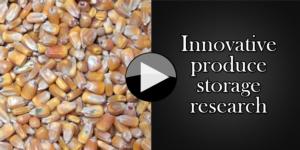
Harvest & Postharvest Handling Systems
Details regarding common handling practices employed during the harvest, cooling and postharvest handling of various horticultural crops.
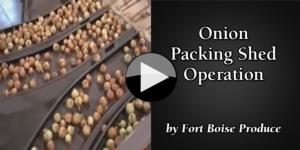
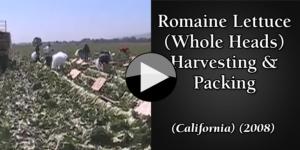
Postharvest Handling and Nutrition
Postharvest Handling to Maintain Quality of Fresh Produce (Dr. Marita Cantwell 2013) This series of 4 videos was created in support of the WIC program, a federally-funded health and nutritional program targeting women, infants and children. The presenter is Dr. Marita Cantwell, Vegetable Specialist, UC Cooperative Extension, Dept. of Plant Sciences, UC Davis. This project was funded by the California Dept. of Food & Agriculture.
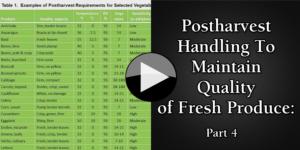
Produce Food Safety (Sprouts)
Safer Processing of Sprouts
The California Department of Public Health, Food and Drug Branch and the U.S. Food and Drug Administration Center for Food Safety and Applied Nutrition jointly developed this video in cooperation with the Centers for Disease Control & Prevention, university researchers, and industry representatives to assist the industry in producing a safer product. The video may also be useful for retailers, regulators, and anyone working with the industry that wants to better understand the product and current recommendations for best production. (2000)
Topics covered in the videos:
Produce Food Safety (Cantaloupe)
With Consumers in Mind: Growing, Handling & Shipping CA Cantaloupes (Dr. Trevor Suslow, 2005)
Developed by Dr. Trevor Suslow at UC Davis, under funding from USDA CSREES and the CA Cantaloupe Advisory Board, and in collaboration with the California Melon Research Board this video provides general background and aspects of interest to foodservice buyers and retailers, detailing cantaloupe shed and field packing, California environmental conditions where melons are grown, scientific studies on cantaloupe safety, worker hygiene best practices, equipment sanitation best practices and shed packing best practices.
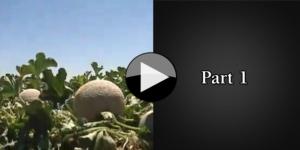
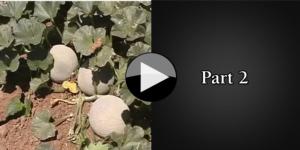
Good Agricultural Practices (GAP) Guidlines for the California Cantaloupe Industry (Dr. Trevor Suslow, 2005) Developed by Dr. Trevor Suslow at UC Davis, under funding from USDA CSREES and the CA Cantaloupe Advisory Board, and in collaboration with the California Melon Research Board this video is directed at the growers and primary supplies of cantaloupe, detailing Good Agricultural Practices during the production, handling and postharvest handling of California grown cantaloupe. Issues addressed in the video include safe water use, safe soil amendment application and how to reduce the potential for microbial contamination. The video also provides recommendations regarding food safety best practices for worker training, field and harvest sanitation, postharvest packing house operations, shed packing operations and transportation to markets.
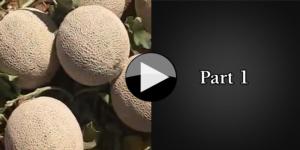
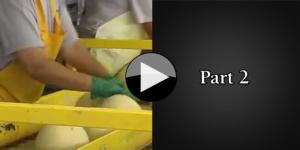
Produce Food Safety (Strawberry)
Maintaining Quality & Safety in California Fresh Strawberries
Video presentation of a webinar hosted by the UC Davis Postharvest Technology Center in collaboration with the California Strawberry Commission. April 15, 2008. The webinar featured presentations by four speakers and question & answer sessions. Jim Gorny, Postharvest Technology Center (Facilitator).
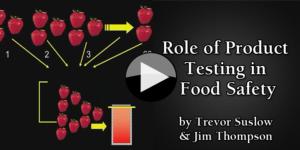
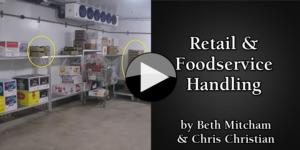
Handwashing/Hygiene/Washing Produce
Developed by the International Food Safety Network (iFSN) at KSU, this short practical educational video covers the importance of worker hygiene and in particular proper hand washing techniques for produce handlers.
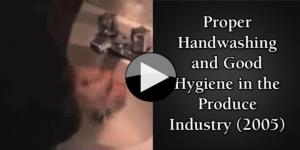
Dr. Christine Bruhn, Director of the Center for Consumer Research at U.C. Davis provides up-to-date, easy to understand information that consumers can use for safe in-home handling and preparation of fresh produce.
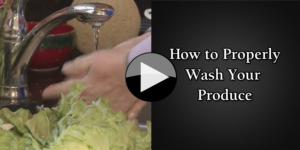
Home Consumption: Quality & Safety
Dr. Christine Bruhn, Director of the Center for Consumer Research at U.C. Davis explains how to determine if the food in your refrigerator is safe to eat, or if it's time to send it to the trash.
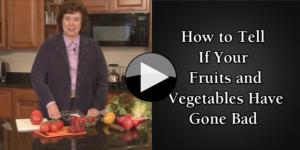
Fresh-cut Produce
Safer Processing of Fresh-cut Produce. A Food Safety Training Video Developed by the California Department of Public Health.
The California Department of Public Health in collaboration with the U.S. FDA, CDC, university researchers, and industry representatives developed this video to assist the fresh-cut produce industry in producing safer products. The video may also be useful for retailers, regulators, and anyone working with the industry who wants to understand safer fresh-cut produce processing and current recommendations for best production practices. The video is divided into the following modules and may be used to train anyone involved in the processing of fresh-cut produce. (2003)
Small Scale Postharvest Handling
Cold Storage for Small Farms. How to construct a small-scale cold storage room, and other options for cold storage at small farms (written by Jim Thompson and Marita Cantwell). (1993)
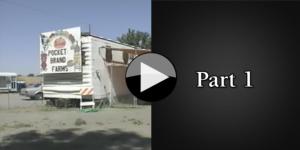

Small-scale postharvest handling practices for horticultural crops. English (1999)
Small-scale postharvest handling practices for horticultural crops. Spanish (1999) (Practicas de manejo posthcosecha a pequena escala de productos hortofruticolas.)

Small-scale postharvest handling practices for horticultural crops French (1999) (Méthodes de manutention en post-récolte des produits horticoles pour petites exploitants.)
Transportation
Loading Makes the Difference. Illustrates and gives pointers regarding proper loading for the transportation of perishable horticultural commodity (fresh fruits, vegetables, flowers and fresh-cut products) hauling vehicles. Presented by Jim Thompson, Tom Hinsch and Bob Kasmire. (1989)

Flowers & Ornamentals
Roses & the Effects of Ethylene Exposure. Time lapse photography. (2007)


Training Video Module Shed Design
Source: http://postharvest.ucdavis.edu/Library/Video_Library
Posted by: merlinawayet1963.blogspot.com

0 Response to "Training Video Module Shed Design"
Post a Comment